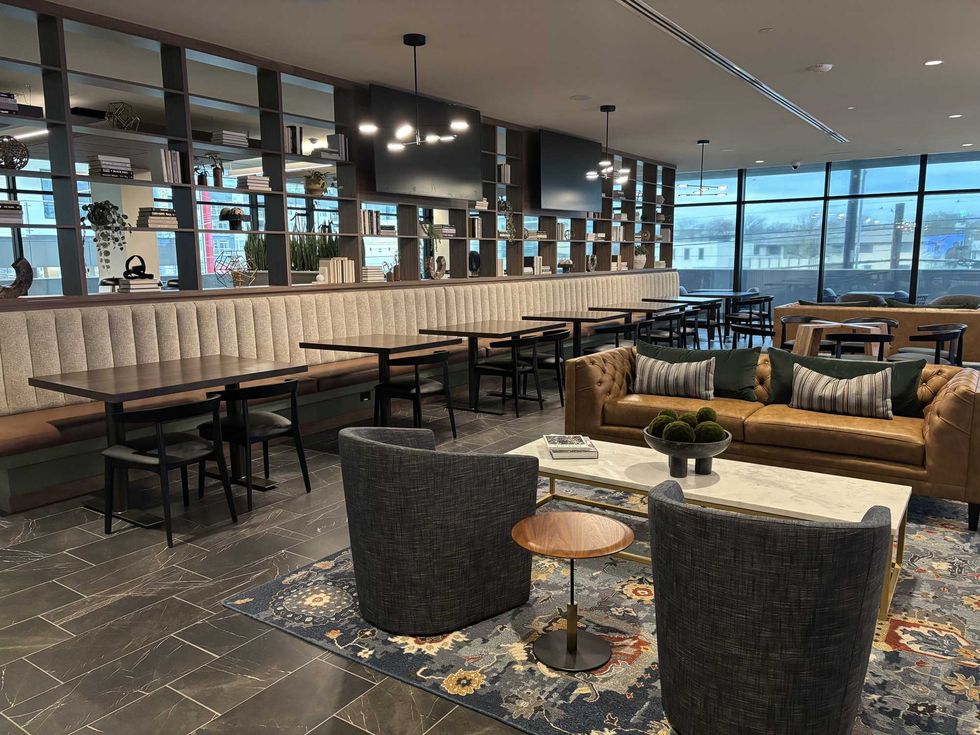Red Light
San Antonio leads Texas on ending horse-drawn carriage rides by 2030

Horses will no longer pull carriages on the streets of downtown San Antonio.
San Antonio has pulled off something that the rest of Texas has yet to do, but it didn't come without some contentious conversations. City Council has unanimously voted (with one abstention) to phase out the use of horse-drawn carriages over the next five years. That means by January 1, 2030, there will be none on the streets at all; instead, there will be electric carriages.
These plans have been in the making since 2022 — if not always at the same level of intensity — when District 2 Councilmember Jalen McKee-Rodriguez and District 3 Councilmember Phyllis Viagran wrote up some concerns about the horses' wellbeing. A special session at the end of October 2024 hinted to San Antonians that the end for this practice was neigh — sorry, nigh — and the final vote was made on December 12. In addition to accepting the plan, it extended its timeframe by two years.
The initial proposal included worries about the horses' exposure to traffic and pollution, as well how their presence might exacerbate those issues for the environment at large by slowing traffic. It also raised concerns about the effects of standing or walking on hard surfaces for too long, or spending time in extreme weather.
At the December 12 meeting, San Antonians gave impassioned speeches about animal welfare — both to call attention to the need for better conditions and to defend the reputations and jobs of current horse drivers — but it wasn't the first time the council heard from the public about the issue.
In a prior city survey, 50,476 respondents weighed in. Of those respondents, 51.98 percent said they liked the idea to "Transition horse-drawn carriages to electric carriages and pedicabs and ban horse drawn carriages completely." There were alternative solutions listed, but respondents were less drawn to them.
A cultural divide emerged in the data and continued in the December meeting: some people avoided the carriages because they worried about the treatment of the horses, while others enjoyed them because of their historical echoes and living legacy. Many speakers in favor of the plan used this to form their argument, raising questions about history versus progress.
More tangible objections to the plan hinged on the businesses — specifically five companies — and jobs that would be lost, which was the main factor behind extending the adjustment period.
Discussions about the particulars of the electric vehicles are still to come, as confirmed in the discussion near the end of the meeting. Councilmember Jalen McKee-Rodriguez addressed concerns about what would happen to the horses, mentioning the Brady Hunter Foundation as a future partner in finding them rescue homes.
Some council members also brought up rhetorical questions about animal exploitation by groups like Sea World, the San Antonio Stock Show & Rodeo, military and police forces, and even various groups in the Fiesta parade, although these did not come with a formal motion to pick the issues up.
This decision could have a ripple effect on other Texas cities. Dallas has recently considered a similar ban, but it appears to have stalled; Austin's attempts at a ban have been unsuccessful, but according to the Austin-American Statesman, only one operator is permitted to bring horses downtown. She declines to do so because the long hours are unfair to her and the horses. Houston does have horse-drawn carriages, and there seems to be little conversation about banning them.
Cities like Chicago and Salt Lake City have led the charge in the United States with some of the most prominent successful bans. Other cities around the world with bans include Brussels and Guadalajara, which both switched to electric models. Bans that have been around for years, like Guadalajara's and Prague's, still aren't out of the woods — people are still pushing back on the decision, so it sounds like San Antonio still has much work cut out for it.

 Pilates is one of the many modalities on the schedule.Photo courtesy of Life Time
Pilates is one of the many modalities on the schedule.Photo courtesy of Life Time


 This giant sauna doubles as a social amenity.Photo courtesy of Life Time
This giant sauna doubles as a social amenity.Photo courtesy of Life Time The Life Time Lounge offers another place to hang out.Photo courtesy of Life Time
The Life Time Lounge offers another place to hang out.Photo courtesy of Life Time